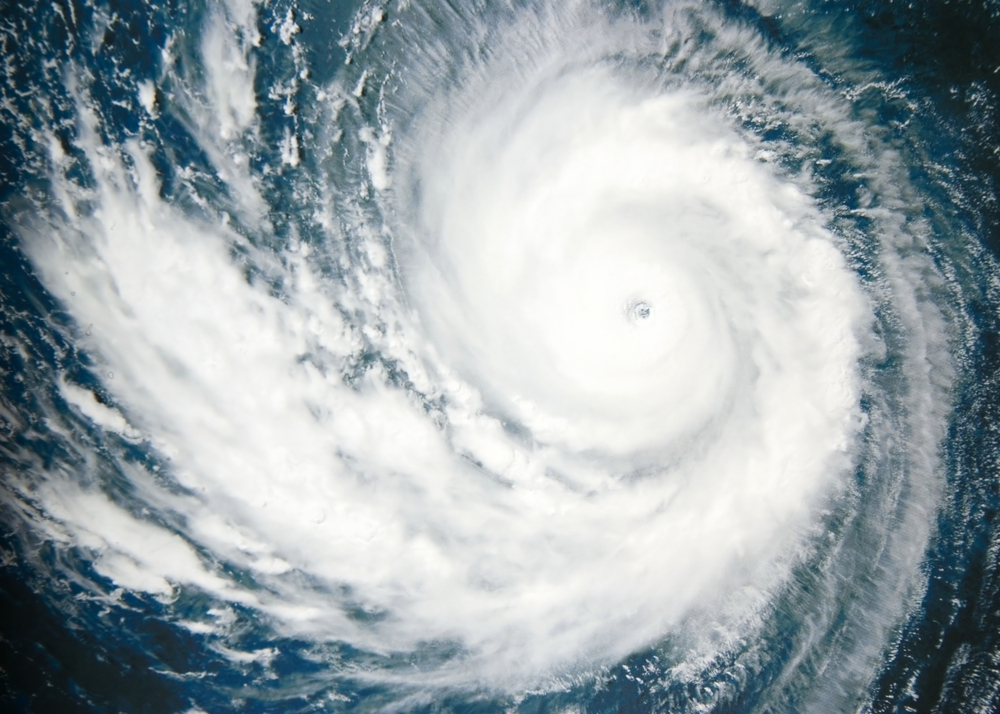
As the tumult across the earth intensifies, the world at large finds itself conflicted in a battle for attention. Ukraine, Sudan, Gaza, Lewiston, Maine; our eye is not drawn toward the greatest crisis but to the most recent outrage. Due to the reality of our visually-oriented media age, significant events often fail to garner the attention they deserve. Such was the case with Hurricane Otis last week.
Hurricane Otis, a category five hurricane, struck Acapulco, Mexico. It was the most powerful hurricane on record to hit Mexico’s Pacific Coast. Its intensity and the speed with which that intensity grew stunned meteorologists and government officials. Forecast models failed to predict that the tropical storm would grow into a hurricane within 24 hours. Windspeeds jumped 115 mph in a single day. The National Hurricane Center referred to the speed with which the storm developed as a nightmare scenario.
- 48 Dead (that number is expected to rise)
- 36 currently missing
- Thousands remain without clean drinking water
- Electricity and communications have been knocked out
Fast-developing storms like this result from a process known as rapid intensification, and a recent study suggests this is becoming more common in the era of climate change.
Pleas for Aid and a Scramble for Supplies in Acapulco After Hurricane Otis




